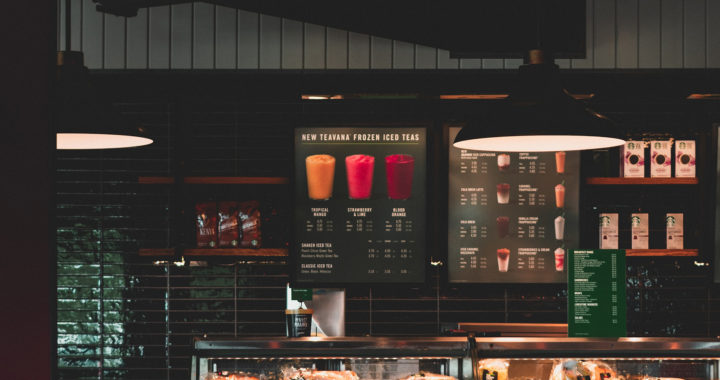A regular trip to Starbucks might be impractical for someone who is on a tight budget. After all, considering that there are inexpensive alternatives and even substitutes, purchasing a cup from this famous coffeehouse chain is a luxury. The fact remains that a lot of people are lining up at its stores. This article explores and discusses the pricing strategy of Starbucks.
Discussion: The Pricing Strategy of Starbucks
Starbucks is relatively more expensive than smaller coffeehouses. Even popular competitors such as Dunkin and Tim Hortons offer more affordable products. There are also more practical alternatives to purchasing from coffeehouses such as home-prepared coffee or ready-to-drink coffee products from grocery stores. Nevertheless, in considering its marketing mix and overall business strategy, the general pricing strategy of Starbucks centers on premium pricing.
1. Premium Pricing
The company positions itself as a premier chain of coffeehouses that offers more than just coffee but a well-rounded customer experience.
One of its purported reasons for using a premium pricing strategy is that it uses high-quality ingredients. Starbucks is serious about its supply chain. It believes that the quality of its products rests on the quality of its supplies and its suppliers.
Starbucks has a high-end reputation established through its promotion strategy. This allows the company to charge higher prices for its products.
The operational requirements of the company are also higher than smaller coffeehouses. It operates in convenient locations where rent and tax are high while providing its customers with an exceptional in-store experience through value-added services.
2. Value-Based Pricing
Note that Starbucks has a global presence. It has thousands of coffeehouses in different regional markets in North and South America, Europe, and Asia and the Pacific.
Of course, the purchasing power of the customers in different markets and the value of their currencies are not the same. Part of the pricing strategy of Starbucks is to take into account the importance of value-based pricing.
Value-based pricing factors in the cost of raw materials and business operations, competition, the target market, and customer demand when setting prices.
A cup of Grande in the United States is fundamentally more expensive than a similar cup in countries such as the Philippines or Indonesia. Business costs and the cost of living of customers are more expensive in developed countries.
3. Other Pricing Aspects
Starbucks also utilizes other aspects of other pricing strategies in its overall pricing strategy. One example is its evident use of psychological pricing design.
Psychological pricing capitalizes on the positive impact of certain prices in the minds of consumers. This is exemplified by the fact that a USD 4.75 cup of White Chocolate Mocha seems more appealing than a cup priced at USD 5.00.
The company also uses price leadership. It capitalizes on its established brand and reputation to lead its competitors in determining price benchmarks.
Of course, as mentioned above, there are cheaper alternatives to Starbucks. However, the price differences between their products are not that wide. Furthermore, other premier coffeehouses tend to follow the pricing scheme of more established coffee chains.
Takeaway: The Pricing Strategy of Starbucks
Premium pricing is central to the pricing strategy of Starbucks. This allows the company to retain its image as a premier coffeehouse brand while also enabling it to sustain its operation while maximizing its earnings potential.
There are drawbacks to setting prices too high. For example, as a more expensive option, the threat of substitutes and the bargaining power of customers are impactful forces in the competitive situation of the company.
Nevertheless, considering the utilization of other strategies, Starbucks has demonstrated that the best approach to pricing is to utilize different aspects of other pricing strategies to come up with prices aligned with its goals and objectives.





